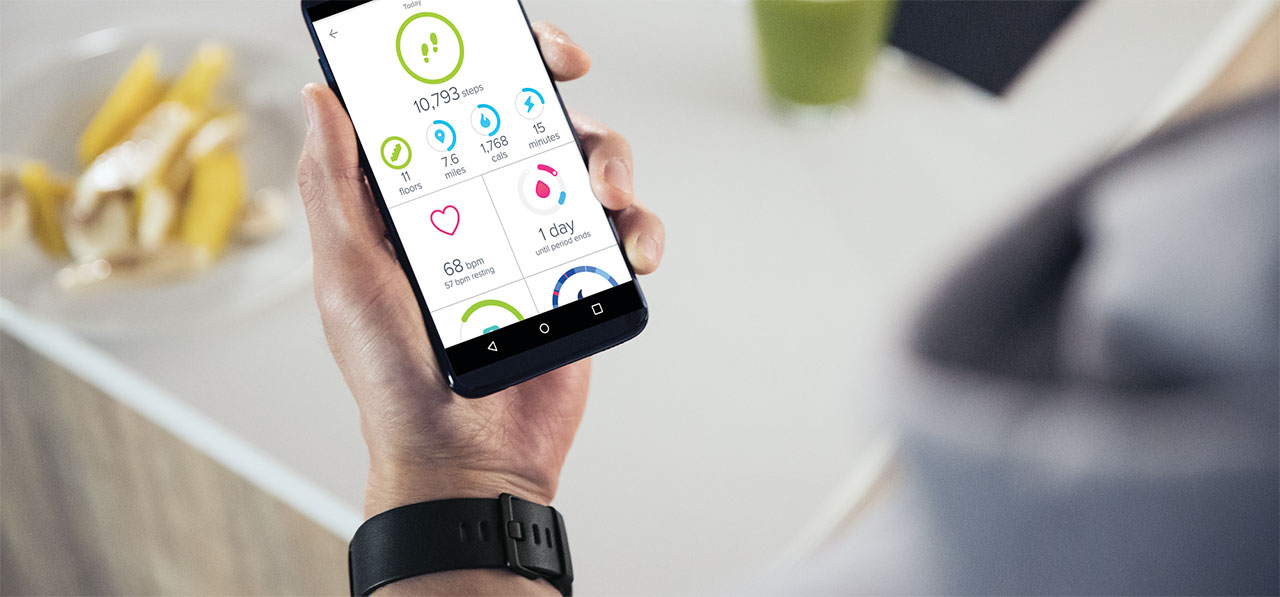Outpatient Care Is In: 3 Trends to Watch
Say goodbye to expensive in-patient hospital care. The future is outpatient care, or medical tests, services, diagnostics, and procedures that don’t require a patient to have an overnight hospital stay. The new generation of outpatient care includes specialty clinics for treatment and wellness checks, telehealth platforms and nurse chatbots, and digital wearables that send health data directly to physicians.
According to information from Moody’s Investor Service hospital report, growth in outpatient care is happening rapidly, as outpatient options provide a lower-cost means for providers to expand efficiently into new and underserved areas. Estimates show that 45 percent of joint replacement procedures could be outpatient by 2025. The Moody’s report notes that traditional hospitals will be used mainly for scheduled, high acuity care—as operating rooms will transform into high-tech surgery centers equipped with digital imaging machines and surgical robots.
At the center of this transformation is the patient. The new generation of health consumers prefer to get care where they want it and when they have a need. In response, hospitals are being replaced with quick, more convenient care offered at an acceptable price. Outpatient centers and self-care options are empowering people to manage their health and wellness without ever stepping foot in a doctor’s office.
So what will the future of outpatient care look like? Here are three trends to watch:
More wellness and boutique medical services. In most cities, you don’t need to look very far to spot wellness centers that offer specialized services: weight loss programs, pain management, same-day lab testing (with easy online booking), hormone therapy, and reconstructive and laser treatments. Even genomic testing is going mainstream, as San Francisco-based Helix is creating an online DNA store that will make it cheap and easy for an individual to learn about health risks and predispositions to disease.
New options for anytime, anywhere healthcare. Facing a nursing shortage, healthcare providers are looking for ways to maximize staff through telehealth. These solutions allow patients to get care quickly and conveniently using videoconferencing, chat, texting, and mobile apps. Telemedicine is projected to explode to an expected seven million U.S. patient users in 2018, providing touchpoints that will include structured collaborations, video medical interpreting, telepsychiatry, telestroke, tele-ICU, and other virtual services that are only the push of a button away.
Artificial intelligence (AI) is getting into the game, too, as providers add automated health tools. Smart health chatbots can help patients at home manage medication, get emergency first aid, or find treatments for simple health issues. If the chatbot can’t solve the medical issue, it transfers the patient to a live doctor or nurse.
Wearables take on a bigger role in health management. One way to manage chronic conditions, including heart disease and type 2 diabetes, that research has proven to be effective is regular monitoring of a patient’s health stats. Health wearables deliver personalized, immediate, and goal-oriented feedback that is useful to patients and practitioners. For example, regular monitoring of heart rate data via Fitbit devices has helped doctors identify and accurately diagnose heart conditions. For diabetes management, Dexcom and Fitbit have partnered to help people better manage their diabetes with continuous glucose monitoring (CGM) tools. Via the Dexcom app being developed for Fitbit Ionic and Versa, glucose data will be relayed from the Dexcom CGM to the wrist, making it easier for users to see their Dexcom CGM data alongside Fitbit activity data to better manage their condition.
New solutions are being tested that allow clinicians to follow along with the lifestyle progress of patients via data collected from Fitbit. Research shows Fitbit devices give patients direct access to personal analytics and have the potential to contribute to better health, facilitate preventive care, and aid in the management of ongoing illness.



